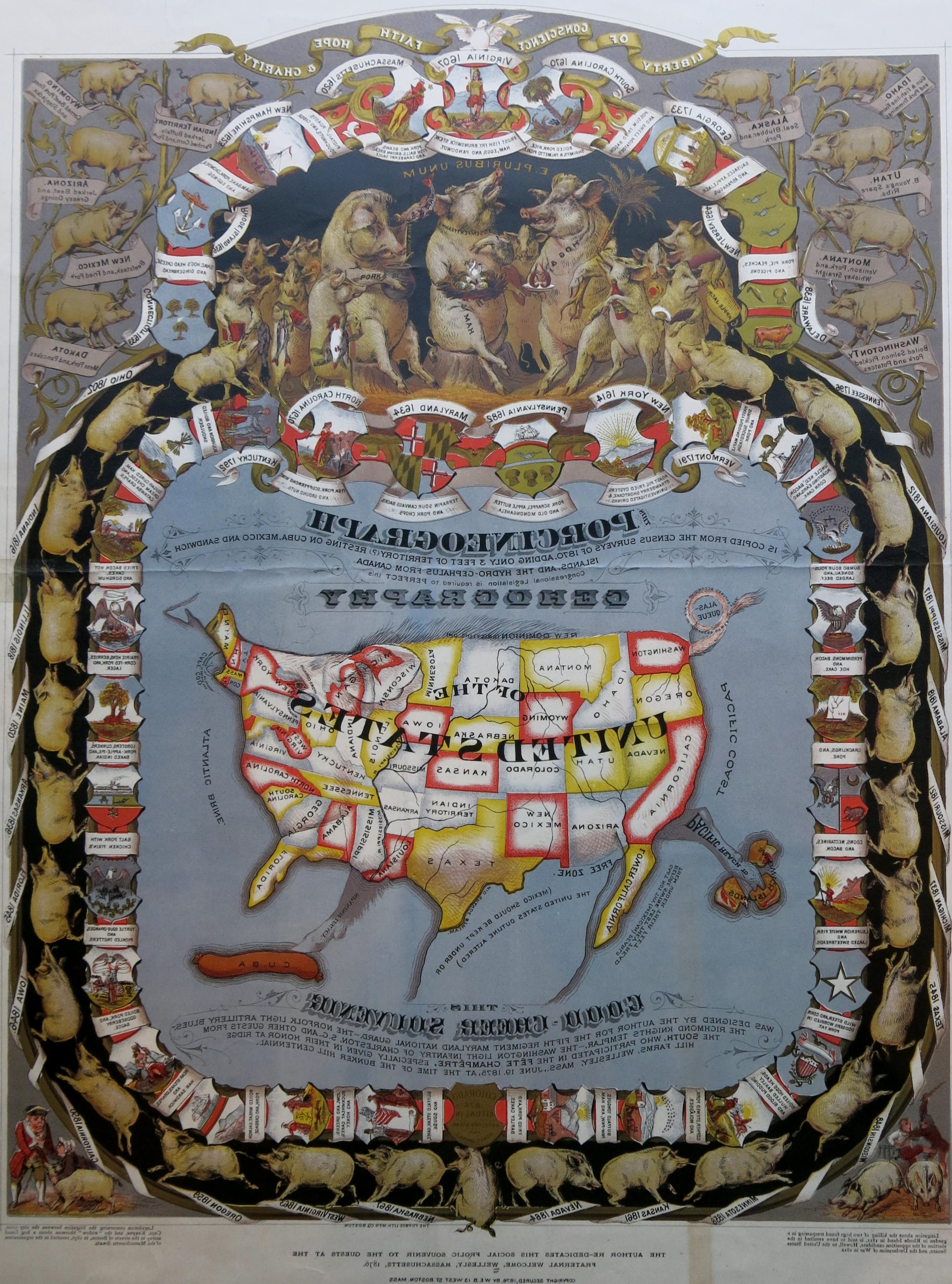By Adam Mestyan, Duke University and 2018-2019 MHS Andrew W. Mellon Fellow
These images are part of a series of 24 photographs of the October 1925 bombing of Damascus found at the MHS in the papers of Sheldon Leavitt Crosby,* a professional American diplomat in the interwar period. He was chargé d’affaires at the U.S. embassy in Istanbul from 1924-1930 and Acting American High Commissioner in Turkey in 1925. It is very possible that he acquired this series of astonishing photos from Damascus while acting in this capacity.

Damaged building in Damascus
Photograph by Luigi Stironi, circa 1925

Smoke rises over Damascus
Photograph by Luigi Stironi, circa 1925
Historians have recently begun to discuss the “greater war,” positing that the period of the First World War extended beyond 1914-1918. Indeed, after the Ottoman armistice, conflict and occupation continued in the Ottoman provinces well into the 1920s. In Damascus, the famous Emir Faisal (in fact, a general military governor appointed by the British) could not stop local notables and his own soldiers from proclaiming an independent kingdom with Faisal as king in March 1920. This desperate move was a pre-emptive strike against the implementation of the League of Nations mandates handed down at the San Remo conference in April of 1920, which gave France the mandate over Syria. It also came just a few weeks after the still-existing Ottoman assembly proclaimed their National Pact in Istanbul. Despite negotiations, the French government decided to put an end to the Syrian kingdom, and French soldiers occupied Damascus and other inland cities in July of 1920. Faisal was expelled from Syria and departed for the United Kingdom. But the Syrians stayed. From 1920 on, small groups engaged in guerilla actions and rebellions throughout the region.
In the summer of 1925, the series of events known as “The Great Revolt” in English scholarship and “The Great Syrian Revolution” in Arabic took place. In July, the mountain Druze population revolted against the French troops. Next, Damascus and Hama rose up against the French. There was also internal pillage and cross-ethnic-religious violence. On 18 October, the French army deployed tanks and airplanes around Damascus in retaliation. From six in the evening until noon the next day the French intermittently shelled the city. They did not warn the civilian population. The exact number of casualties is still debated but several hundreds died, including women and children. Although resistance continued in Ghouta (interestingly, also the last rebel-held location around Damascus in 2018) and the north, the massacre caused the recall of the French general in charge and a new Civil High Commissioner arrived to finally create a civil government.
 Street scene in Damascus
Street scene in Damascus
Photograph by Luigi Stironi, circa 1925

Rubble in Damascus street
Photograph by Luigi Stironi, circa 1925
The photographs collected by Sheldon Crosby depict the destruction and casualties in Damascus and were taken by Luigi Stironi, an Italian in residence in Damascus active between 1921 and 1933. Some of these photos are clearly intended to evoke horror in the viewer and many were published in European newspapers and distributed as private propaganda. The American businessman Charles Richard Crane describes in his diary how a friend showed him very similar (if not the very same) images in Jerusalem in 1926. According to Daniel Neep’s Occupying Syria under the French Mandate, Stironi claimed in 1926 that his images were bought by an American diplomat. Although many of these photographs are well-known, it is rare to find such a comprehensive set among private papers. Is it possible that Crosby was the American diplomat to whom Stironi referred?

Soldiers in front of the Pharmacy building
Photograph by Luigi Stironi, circa 1925

Soldiers in front of the French Bank of Syria
Photograph by Luigi Stironi, circa 1925
Selected literature:
Gelvin, James L. Divided Loyalties: Nationalism and Mass Politics in Syria at the Close of Empire. Berkeley: University of California Press, 1998.
Khoury, Philip S. Syria and the French Mandate: The Politics of Arab Nationalism, 1920-1945. Princeton, N.J.: Princeton University Press, 1987.
Neep, Daniel. Occupying Syria under the French Mandate: Insurgency, Space and State Formation. Cambridge: Cambridge University Press, 2012.
Provence, Michael. The Last Ottoman Generation and the Making of the Modern Middle East. Cambridge: Cambridge University Press, 2017.
The Routledge Handbook of the History of the Middle East Mandates. London: Routledge/Taylor & Francis Group, 2015.
MHS catalog records:
*The photographs were removed from the Sheldon Leavitt Crosby papers, and are now shelved and cataloged as the Sheldon Leavitt Crosby photographs.

















